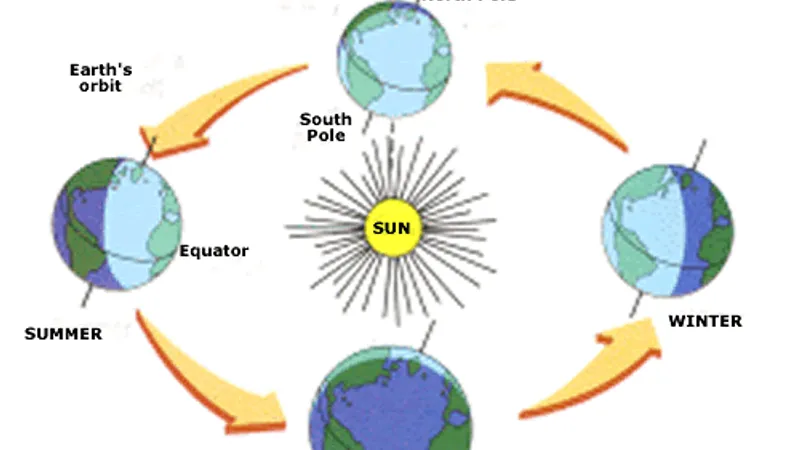Paris, April 30, 2025 — Spring in France usually means café terraces buzzing under golden rays, but this year, the sun’s been stingy. Meteorologists are scratching their heads, and the numbers don’t lie: France has seen 30% fewer hours of sunshine this spring compared to the long-term average. It’s not just a feeling; it’s a measurable slump that’s got farmers, energy experts, and everyday folks wondering what’s going on.
The data comes straight from Météo-France, the country’s official weather service, which crunched the numbers through April 28. Normally, spring delivers a steady climb in sunlight as days lengthen, but this year’s been a gray outlier. Paris, for instance, clocked just 320 hours of sunshine since March 1, when it should’ve hit closer to 460. That’s a shortfall equivalent to losing two full weeks of clear skies. Southern regions like Provence, usually basking by now, aren’t faring much better, with Marseille reporting a 25% drop.
What’s behind this gloomy turn? A stubborn jet stream’s the main culprit. It’s been looping farther south than usual, dragging low-pressure systems across western Europe like unwanted houseguests. These systems bring clouds, rain, and sometimes storms, shoving sunny high-pressure zones out of the picture. On April 16, Météo-France noted an “exceptionally persistent” low-pressure trough parked over the Atlantic, funneling wet weather into France week after week. It’s not unheard of, but it’s rare for the pattern to lock in this long.
Farmers are feeling the pinch. The Ministry of Agriculture reported on April 20 that soggy fields are delaying planting for crops like wheat and sunflowers. Wet soil doesn’t just slow tractors; it messes with seed germination. Some growers in Normandy say they’re a month behind schedule, a headache that could ripple into harvests later this year. Solar energy’s taking a hit, too. France’s grid operator, RTE, said solar output in March and April was down 18% compared to 2024, forcing more reliance on wind and gas.
It’s not all doom. Temperatures have held steady, even slightly above average in spots like Bordeaux, where thermometers hit 20°C on April 25. But warmth without sun feels like a half-baked deal. The lack of light’s also got health experts talking. A report from the French Public Health Agency on April 22 flagged concerns about vitamin D deficiencies, especially in kids and the elderly, since sunlight’s a key source.
Could this be climate change? Scientists are cautious. Météo-France says it’s too early to pin this spring’s quirks on global warming definitively. Weather patterns like this have happened before—think the dreary spring of 1987—but the frequency of oddball seasons is something researchers are watching closely. For now, it’s a weird year, not a new normal.
As May approaches, forecasts hint at a possible shift. Météo-France’s long-range models, updated on April 29, suggest the jet stream might finally budge, letting high-pressure systems sneak in. If that holds, sunnier days could arrive by mid-May. But after weeks of gray, don’t be surprised if folks are skeptical until they see blue skies.
France’s spring 2025 has seen 30% fewer sunshine hours than the 1991-2020 average. Paris recorded 320 hours of sunshine since March 1, against an expected 460. Marseille saw a 25% sunlight deficit. Solar energy production dropped 18% compared to 2024. Planting delays were reported in Normandy and other regions due to wet conditions.

